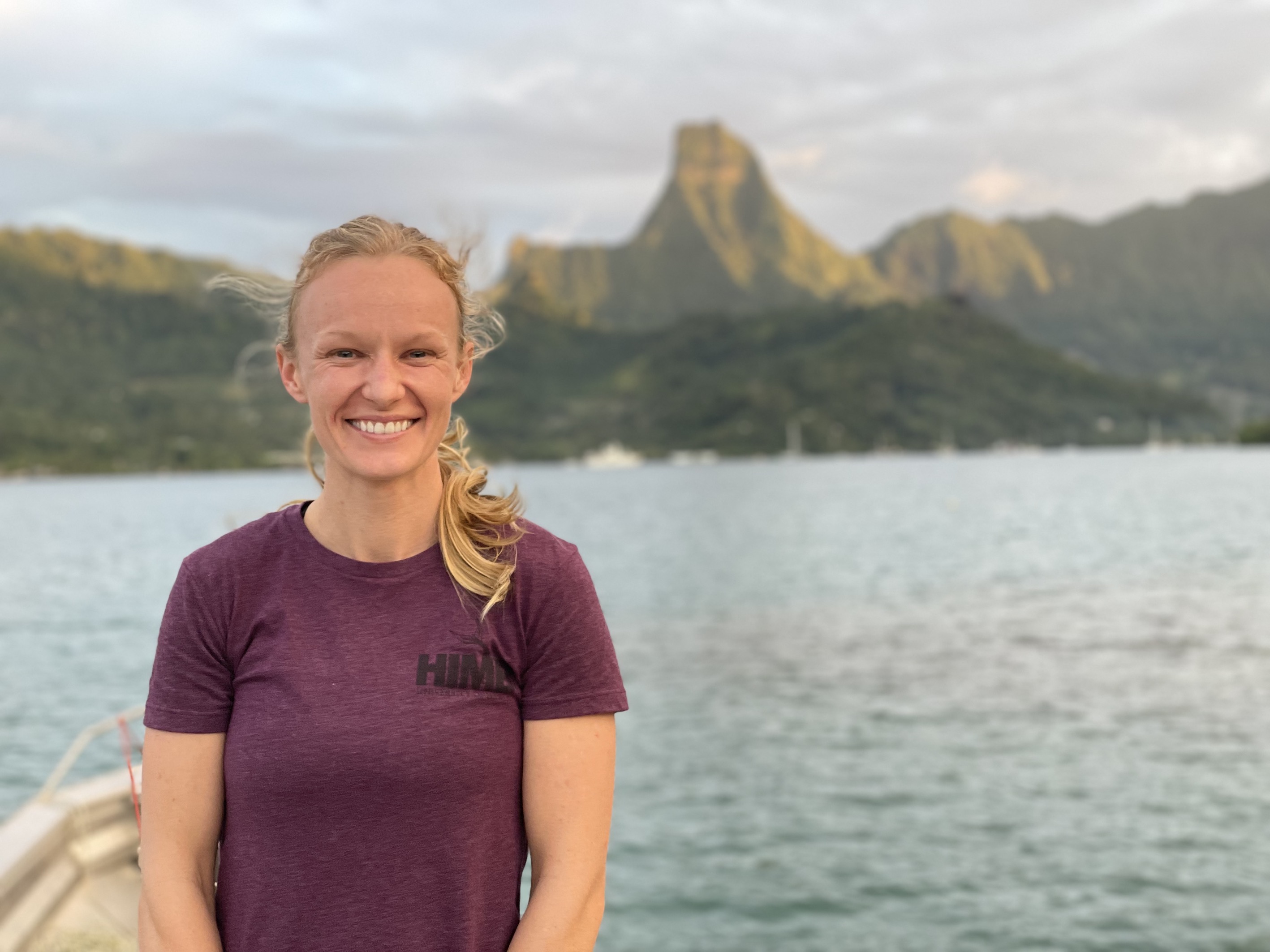Oyster oxygen-resazurin correlations Round 2
This post details activities of 1) oxygen measurements of 87 oysters to calculate respiration rates via oxygen evolution, 2) resazurin measurements of those same oysters, and 3) correlation of oxygen and resazurin measurements to test for a relationship between the two.
This work was conducted by Mac Gavery and I in the lab with help from Noah O. and undergraduates.
We tried to do this a couple weeks ago, (see posts here and here), but our oysters were dead. Mac obtained new seed for us to re run the trials this week.
Overview
We measured respiration rates at 27°C over a 1 hour period using oxygen evolution. We set up the experiment using the same methods as last time (see posts here and here).
Data were uploaded to GitHub here.
Our goal is to correlate respiration rates with resazurin fluorescence.
We modified the protocol by increasing our sample size, using new fresh oyster seed, and running oxygen on day 1 (Tuesday) with resazurin on day 2 (Wednesday).
Oxygen results
We successfully measured oxygen evolution and calculated respiration rates in 87 oysters today. The rates were far greater than they were in the last round and the oysters had distinctive strong slopes in the oxygen data. We can probably run trials over a shorter period of time (~45 min) in the future.
Blanks were consistent and measurements were consistent between blanks.
In the calculations, we removed any samples were the slope estimation was not accurate/representative.
Rates were size normalized to generate µmol Oxygen per mm per min.

Values were consistent between runs. This is showing oxygen consumption, so a more negative value indicates a higher metabolic rate.
Resazurin results
We ran resazurin trials in n=3 48-well plates (n=8 blanks per plate, n=40 oysters per plate). The third plate was not completely filled.
All trials were run at 27°C (as done for oxygen measurements). Protocols were as previously described (see protocol links above in my previous posts).
We measured fluorescence hourly for 5 hours. Rates are in the range we expect for resazurin data.

Correlation between metabolic rates from oxygen consumption (slope of oxygen concentration) and metabolic rates from resazurin response (slope of fluorescence) were non-significant. There is a general positive trend, but there is a lot of variability.

Resazurin rates and oxygen rates do not appear to be strongly correlated. Both metabolic rates are variable, suggesting that either 1) rates are too variable to detect a tight correlation in the same animals between measurements and/or 2) oxygen evolution and resazurin response are measuring different aspects of metabolism and therefore are not well correlated (i.e., aerobic vs anaerobic metabolism).


